Australian Tropical Rainforest Plants - Online edition
Click/tap on images to enlarge
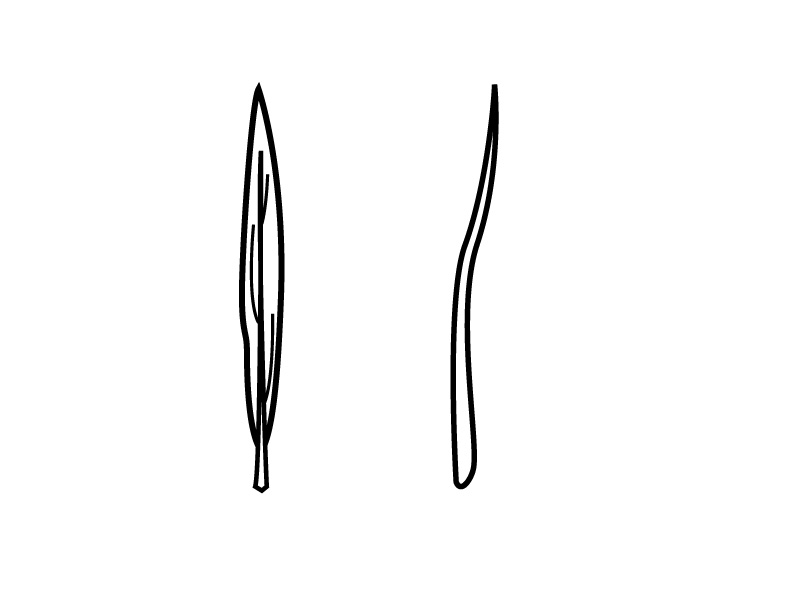
L61 linear, thread-like (filiform), needle-like (acicular)
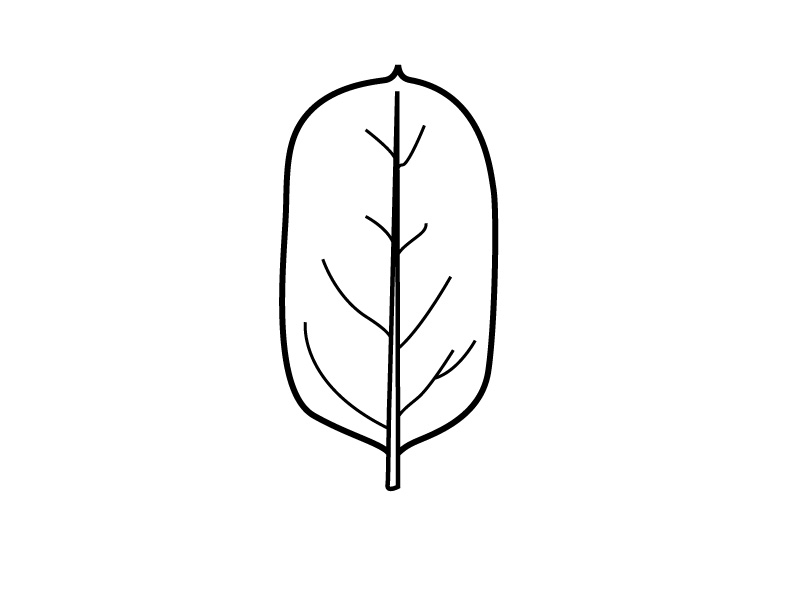
L62 oblong Having the length greater than the width but not many times greater, and the sides parallel.
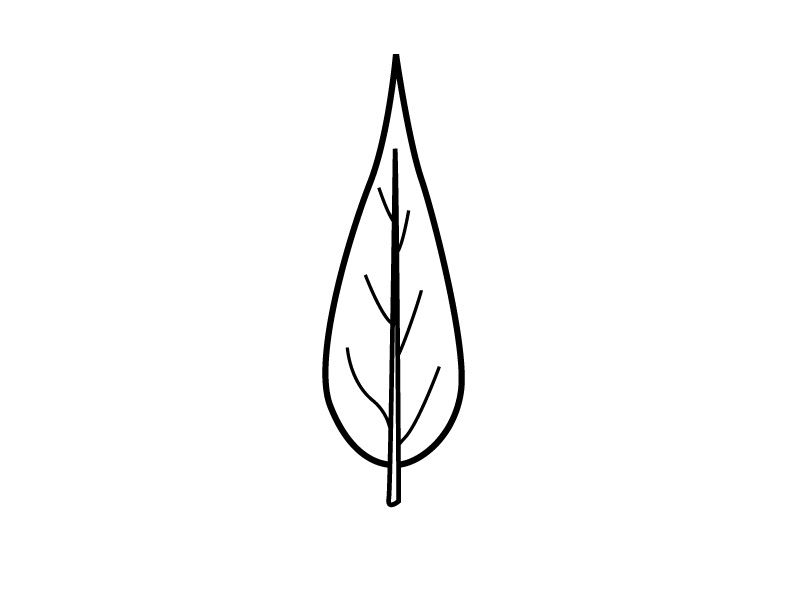
L63 lanceolate Broader in the lower half and tapering towards the tip.

L64 elliptic Oval in outline, widest at the centre.

L65 falcate Sickle-shaped.

L66 rhomboid Four-angled, with the side angles somewhat rounded.

L67 ovate Egg-shaped, with the broadest point towards the base and narrowing to tip. Attached to stem at the broadest end.
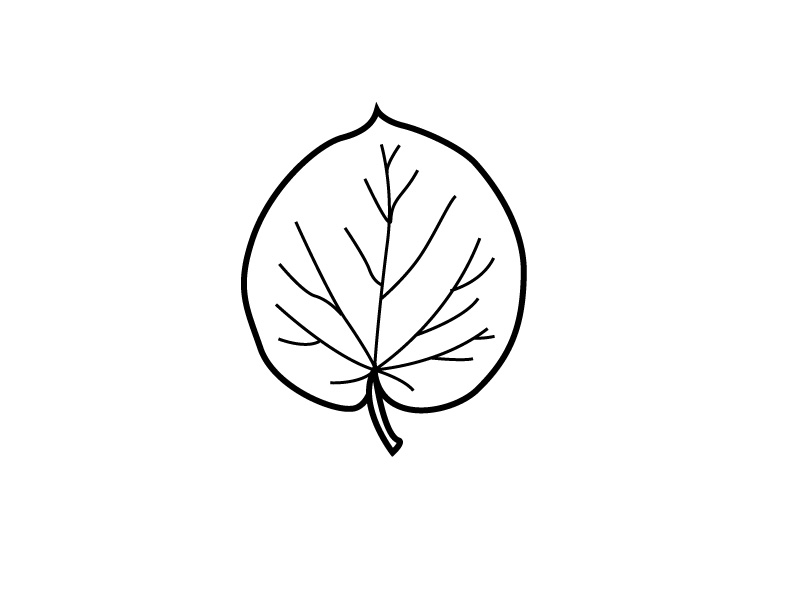
L68 orbicular Circular or nearly so.
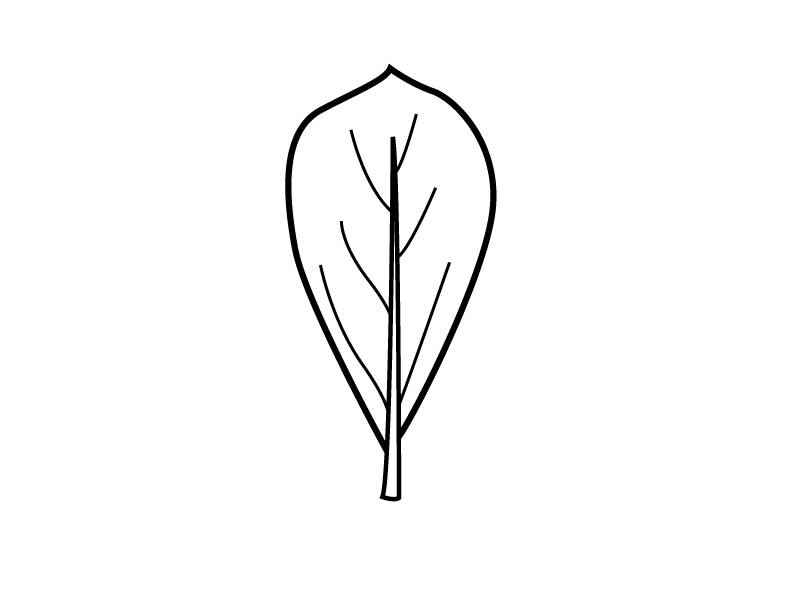
L69 obovate or oblanceolate Obovate is egg-shaped, but attached to stem at narrowest end. Oblanceolate is broader in the upper half and tapering towards the base.
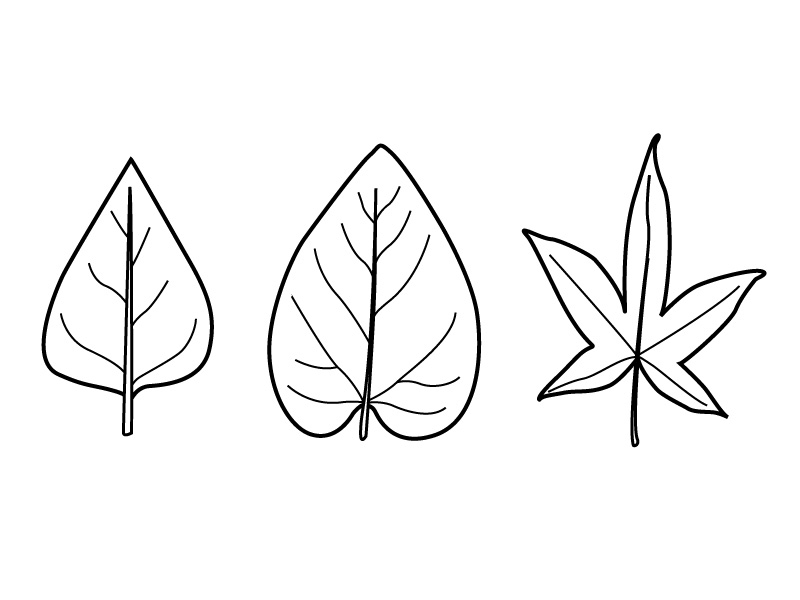
L70 triangular, cordate or palmate Triangular is triangle-shaped, where the base is abruptly angled back towards to petiole. Cordate is heart-shaped, with a broad and notched base. Palmate is divided into several leaflets or deep lobes where they all arise at the same point.
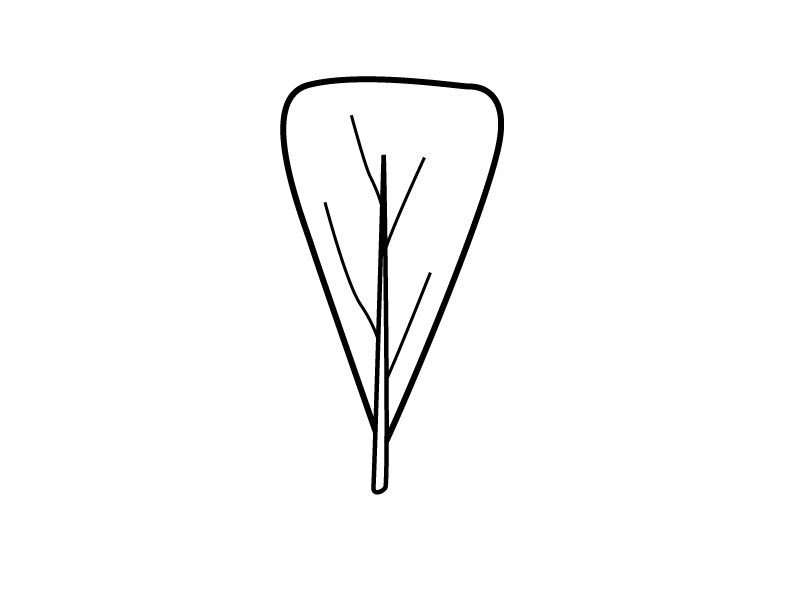
L71 cuneate or obtriangular Cuneate or obtriangular is wedge-shaped, gradually tapering from the base to a broad tip, as if the tip is cut-off.
The shape of the leaf blade (or leaflet blade in the case of compound leaves). Where the widest part of the leaf or leaflet occurs is particularly important eg. near the middle in elliptic leaves, nearer the base in lanceolate leaves and nearer the apex in obovate leaves.
Copyright © CSIRO 2020, all rights reserved.

Web edition hosted at https://apps.lucidcentral.org/rainforest




